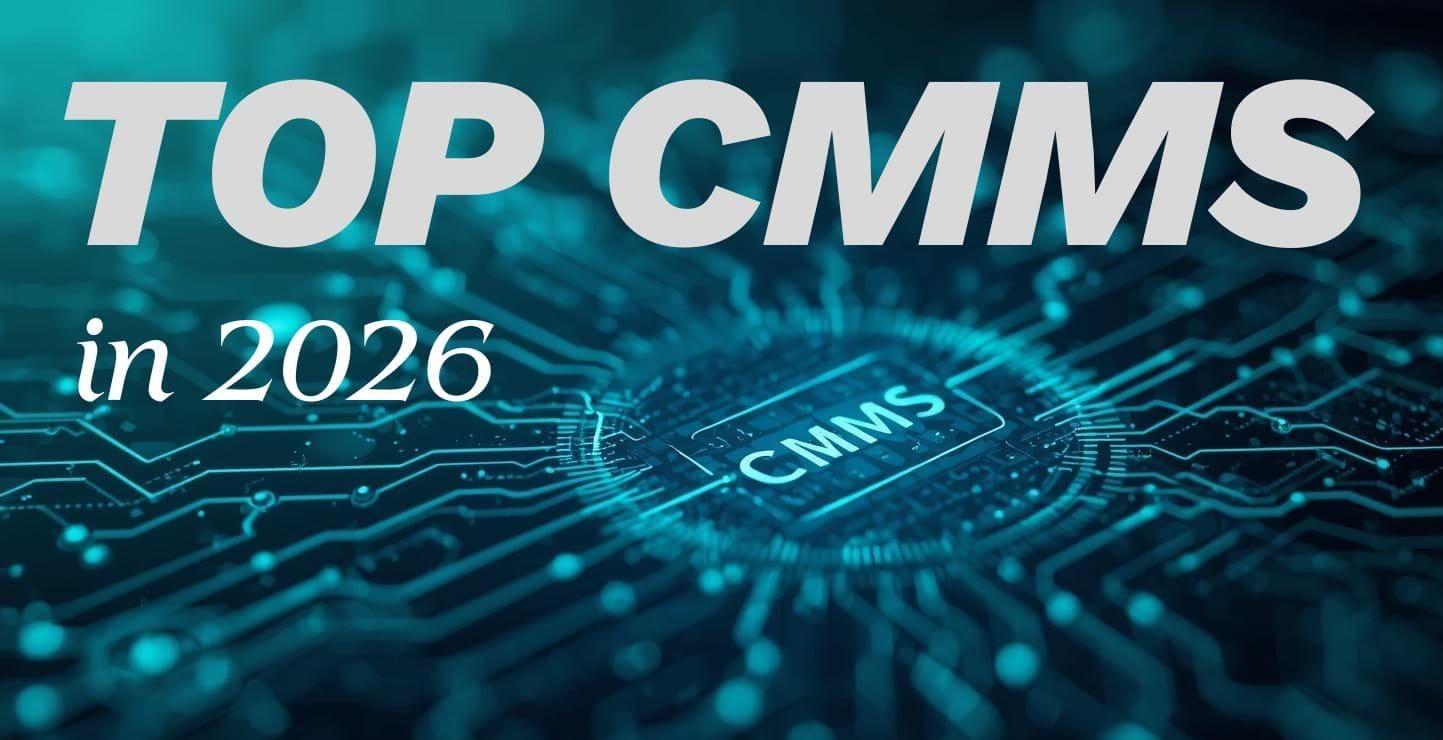CMMS data can be one of the most valuable tools in your maintenance department. Making decisions based on hard data makes maintenance more effective because it can serve as the foundation of every decision your organization makes about its assets.
CMMS software gathers data with every completed work order or preventive maintenance task. You can glean a lot of insights into your operations from that data.
That information really comes into play when it’s time to make important decisions about the condition of your assets, like whether you should repair, replace it, or extend its lifecycle. You’ll be able to purchase, operate, maintain, upgrade, or dispose of assets in the most cost-effective manner.
Table of Contents
Maintenance Software for Data-Driven Decision Making
Data-driven decision at its core means making informed choices based on data. CMMS software allows you to collect and report on data across your entire asset inventory, providing numerous measures to help you make better decisions and answer business-critical questions. That includes data on…
- Labor costs
- Parts costs
- Parts stocking recommendations
- Inventory lead times
- Energy costs
- Purchase price and date
- Life expectancy
- Warranty information
- Replacement costs
- Other custom data
Additionally, many contemporary CMMS solutions like MPulse allow you to connect to meters and gauges directly, eliminating the need for meter readings and manual data entry ensuring its accuracy and timely capture.
Data-Driven Decisions vs. Intuition, Observation, or Guesswork
You’ve likely made decisions based on intuition, experience, or guesswork. We’ve all done it. While sometimes your intuition is correct, making decisions based on data is defendable, makes it easier to show others (like your boss), and why it’s the right decision.
Downtime
Let’s say you have a compressor that seems to break down every 6 weeks. Your tech suggests that replacing it makes more sense than constantly repairing it.
They might be right. But it’s hard to know unless you can look at the data.
Your CMMS software reveals that your team has fixed that compressor every 6 weeks for the past 12 months. Parts cost $500 each time, plus another hour of your tech’s time that averages about $80/hour. So the direct cost of one repair to that compressor is about $580.
However, each time it needs to be fixed, your operations team experiences about an hour of downtime. Let’s conservatively estimate that downtime costs your organization about $532,000 per hour.
The cost of a new compressor is $70,000. Now, that decision is easy to make—and justify—because the numbers work out. While the direct repair costs aren’t bad, the downtime is significant. It’s time to replace that compressor, and you have the data to back up your decision.
Total Cost of Ownership
CMMS data changes the way you make decisions because you have all the information at your fingertips to determine the total cost of ownership.
In another example, you have a generator that’s about 10 years old. This asset has been working hard for you, with only minimal preventive maintenance and two breakdowns during that entire time. It’s still working, but it looks old and outdated.
In this case, you’ll look at the generator’s initial cost, maintenance costs over 5 years, and the remaining value after 5 years of depreciation. Maintenance costs should include repairs, preventive maintenance, parts and supplies, and electricity usage.
Initial cost + Maintenance cost – Remaining value = Total Cost Of Ownership
You use your CMMS data to calculate the cost of ownership, it works out to less than $4,000/year. A new generator is $50,000.
Even though that old generator doesn’t look pretty, and a new one may be more efficient, the numbers support not replacing it—yet.
Use CMMS Data to Determine Whether to Repair or Replace Assets
When it’s time to decide whether to repair or replace an asset, use CMMS data to make your decision based on hard numbers. By running a few simple reports, you know which assets cost the least amount of money to maintain and repair. Additionally, you can calculate when the increased efficiencies of newer models will pay off in the long run.
These decisions affect more than the replacement budget. Analyzing the life cycle of assets also helps reduce downtime and prevent unexpected repairs. When you have the hard data about the age of the equipment and the miles, hours, life-to-date repair dollars, and other metrics—it is easier to decide when it’s time to replace an asset instead of repair it.
What does CMMS data tell me?
Even simple data from work order records can provide powerful insights. At a glance, you’ll know exactly how much money each work order type is costing your business in maintenance for a specified timeframe. You can quickly answer questions like…
- What type of maintenance do I spend the most on?
- How does the cost of preventive maintenance compare to repair costs?
- If I run this report for a different time period, like last year, are there significant changes by category?
Beyond general questions, you can ask precise questions that’ll lead to a more informed decision-making process…
- Why are my machining maintenance costs so high?
- What new equipment needs to be purchased, if any?
- How much will the new equipment cost compared to the current maintenance expense?
- Will I save money over time by purchasing new equipment? How much?
Moving Beyond Assumptions
A CMMS gives you accurate, complete data, and this data can be applied directly to purchasing or other important organizational decisions.
Don’t rely on intuiting the right answers for your critical business decisions. Begin to ask yourself whether it’s possible to support your decisions with numbers. Then identify opportunities where these numbers can inform your decision-making process.
To learn more about data-driven maintenance and some of the powerful, affordable tools that make it easy, contact us.






